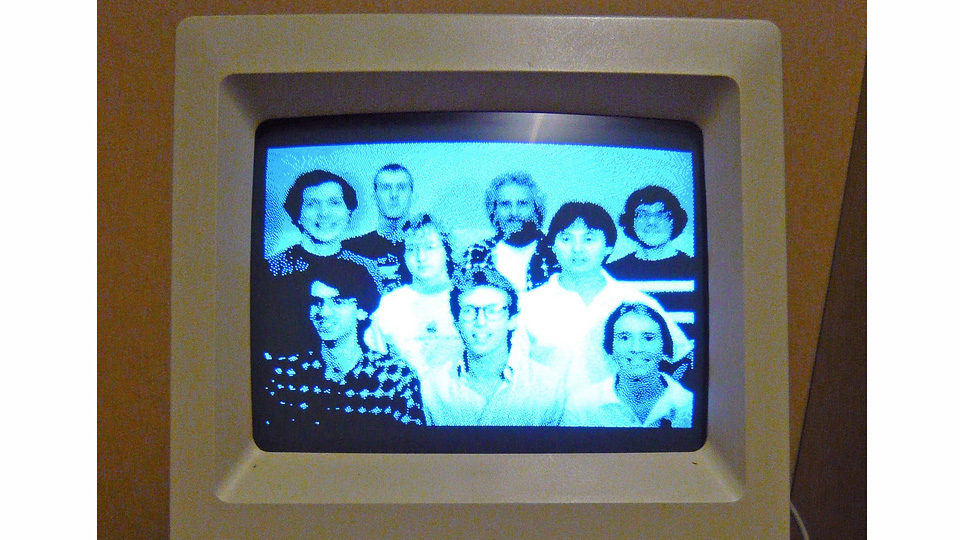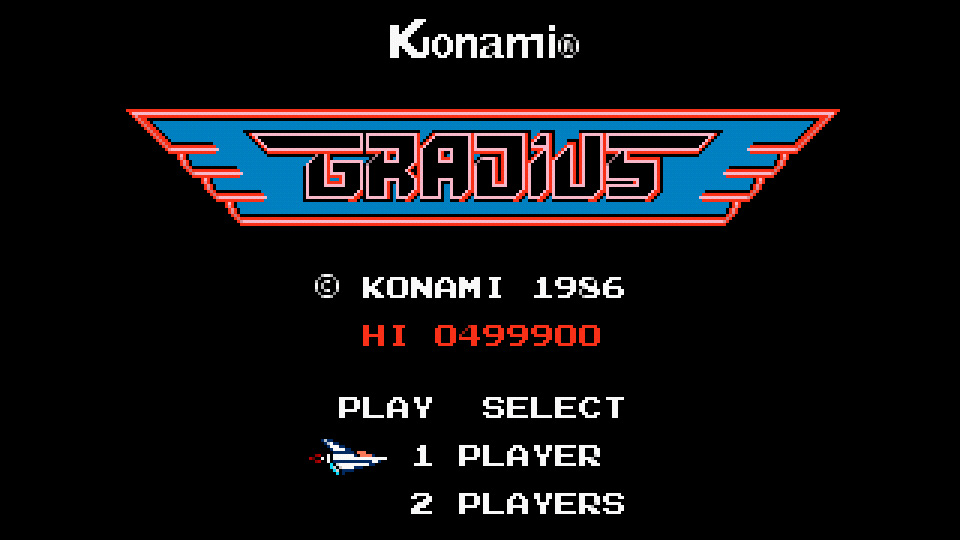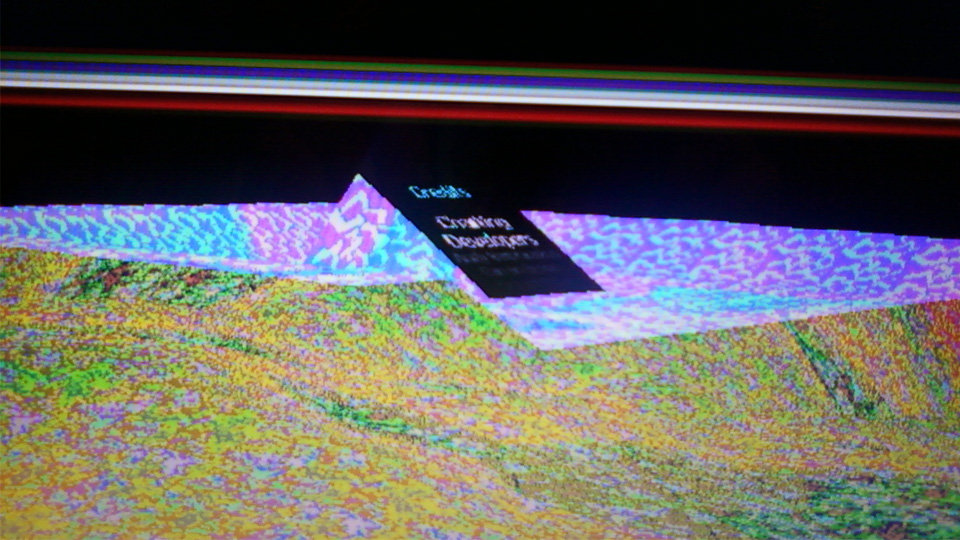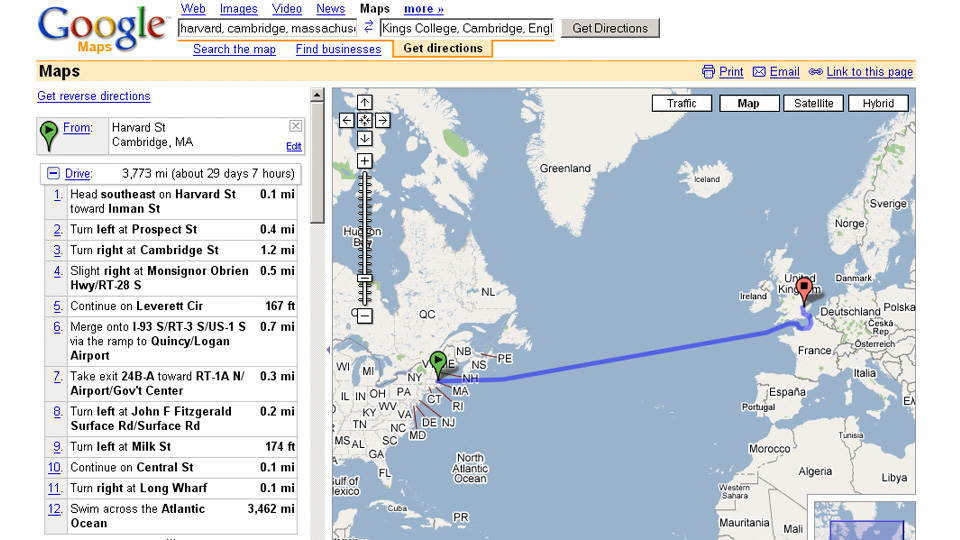The Easter egg — as in a hidden surprise or in-joke, not the chocolate treat — can be dated back to the last Russian imperial family who gifted people with jewel-encrusted Fabergé eggs containing additional surprises tucked away inside.
But in modern times the secret Easter egg has become more associated with technology, and can be found in everything from software — especially video games — to hardware where designers will include graphics and messages on circuit boards. So if you’re not already in a pleasant chocolate bunny-induced sugar coma, we’ve put together a brief look at the history of the Easter egg in our favourite tech.

Atari’s Adventure Game
Developed by Warren Robinett for the Atari 2600, Adventure is often credited as being the game that re-kindled and re-purposed the use of the term Easter egg. Players who successfully navigated and performed a specific action in one of the game’s catacombs would gain access to a secret room that simply displayed a message from the developer: “Created by Warren Robinett.”
Other game carts with secret messages that pre-date Adventure have surfaced, but it was supposedly Atari that first re-used the term Easter egg to describe Robinett’s secret addition to the game.

Apple Macintosh SE Development Team
Previous versions of the original Apple Macintosh had an image of the computer’s development team hidden away in the ROM which wasn’t that easy to access. But on the Apple Macintosh SE all you had to do was hit the debug button and then type ‘G 41D89A’ to be presented with this dithered masterpiece. After all, what else are you supposed to do with a whopping 256 KB of memory when you really only need 89 KB?
Image by Damian Ward/Flickr

Windows 3.1 Development Team
A lot of the original Easter eggs hidden in software and computer games were included by the development teams yearning for a little more recognition. Possibly thanks to Bill Gates’ iron fist, MS-DOS lacked any kind of interesting Easter eggs. But as the company grew and Windows 3.1 was released, the coders managed to slip in an egg giving them their due credit.
Users needed to hold Ctrl+Alt+Shift while navigating to the About section of the Program Manager where they could then double-click on the various coloured segments in the Windows logo. Eventually a small chalkboard would appear scrolling the developers’ names and if the user was was diligent enough, they would even occasionally get an adorable graphic of what’s known as the Microsoft Bear.

The Konami Code
Possibly the mother of all Easter eggs, the Konami Code — as it’s come to be known — was a cheat code designed for the original NES. Kazuhisa Hashimoto was tasked with porting the 1985 arcade game Gradius to the home console, but found the game too hard to play while testing. So he included a small bit of code that instantly gave him a full set of power-ups whenever he entered the sequence: up, up, down, down, left, right, left, right, B, A. To a child of the ’80s, reciting that sequence is as easy as reciting the alphabet.
Fortunately Hashimoto forgot to remove that extra bit of code from the game before it was released on the NES, and somehow players found it. In North America the code is more associated as originating with the game Contra, but it has since been used in countless titles, programs, and these days, even websites.

Excel 97’s Hidden Flight Simulator
Some of the most popular and well-known Easter eggs were games hidden in software designed for less-entertaining purposes. Spending endless hours entering data into a spreadsheet would drive anyone crazy, so the Microsoft Office developers working on Excel 97 included a full-on flight simulator complete with procedurally-generated terrain.
Accessing it required a series of specific actions as well as a long code, so if you weren’t already in-the-know there’s no way you would have accidentally stumbled across it. And not surprisingly it’s not the easiest flight simulator to actually fly with your mouse or keyboard. But something tells us the office drones of the late ’90s didn’t care. You’ll also notice the names of the developers located on one of the mountains in that screenshot, once again taking credit where credit is due.

Google Maps Swimming Directions
As a company pledged to not being evil, Google has been pulling fun pranks and hiding Easter eggs on its pages since its inception. One of the first to really spread across the internet was discovered shortly after Google Maps was introduced. Besides blowing Mapquest out of the water with a fantastic interface, it also provided very usable directions, even if you asked it to plan a route from New York to Paris.
When you inevitably ran out of drivable roads and reached the coast, it simply instructed users to “Swim across the Atlantic Ocean.” These days Google and its various sub-pages are chock full of Easter eggs and surprises, from Konami Code in Google Docs.

A Hidden Message In Tesla’s Model X Teaser
There are of course thousands upon thousands of Easter eggs we haven’t even begun to touch on. And we encourage you to leave your favourites in the comments. (I’m particularly fond of the rare N64 Goldeneye sneeze.) But we’ll leave you with one of our recent favourites.
A few months ago Tesla’s Elon Musk posted an obscure black and white teaser image of his company’s upcoming Model X electric SUV on Twitter. And knowing full well the image would be dragged into Photoshop and fully analysed, it included a hidden message only revealed when you started tweaking the levels: “Patience is bitter, but its fruit is sweet.” As cryptic as the Model X’s silhouette.
Lead Image by leungchopan/Shutterstock
